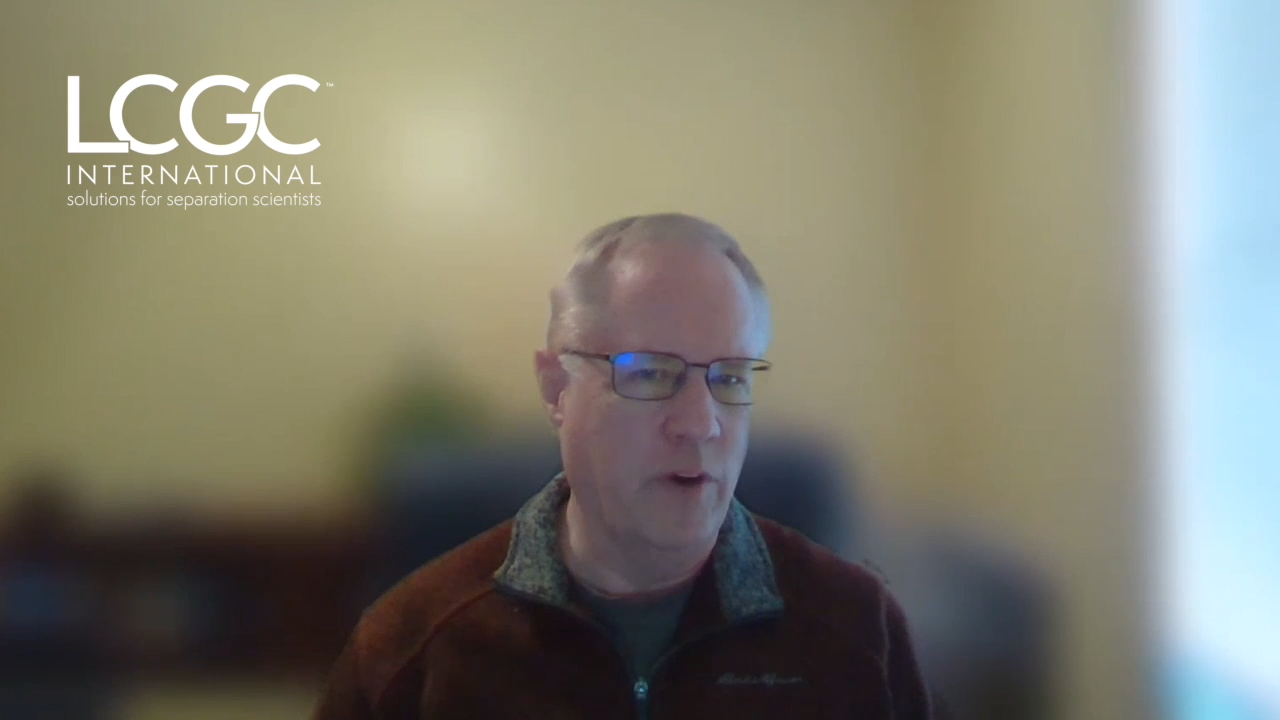Affinity-based separations rely heavily on the chemistry used to immobilize ligands and analytes on separation supports, a factor that directly impacts selectivity, stability, and reproducibility. In this interview with LCGC International, David…

Affinity-based separations rely heavily on the chemistry used to immobilize ligands and analytes on separation supports, a factor that directly impacts selectivity, stability, and reproducibility. In this interview with LCGC International, David…